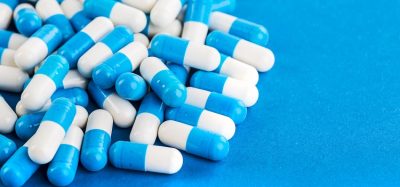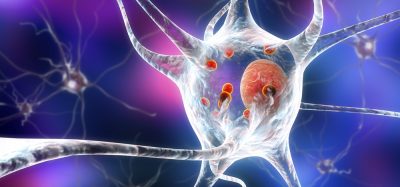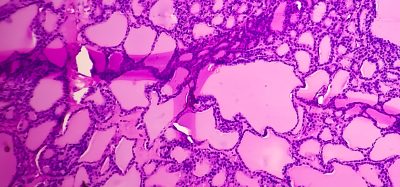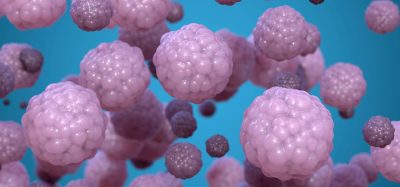Researchers develop promising new drug candidates to treat ALS
Posted: 2 September 2020 | Victoria Rees (Drug Target Review) | No comments yet
Scientists have shown that a Selenium-based drug-molecule called ebselen and other novel compounds can delay ALS onset in mouse models.


Scientists report that they have taken a significant step forward in the search to find effective new drugs for the treatment of Amyotrophic lateral sclerosis (ALS), also known as motor neurone disease.
Researchers from the University of Liverpool, UK, and University of Nagoya, Japan, have shown that a Selenium-based drug-molecule called ebselen and a number of other novel compounds developed at Liverpool can change many of the toxic characteristics of the protein superoxide dismutase (SOD1), which causes some cases of ALS.
Aggregation of mutant SOD1 protein in familial cases and of wild-type SOD1 in at least some sporadic ALS cases is one of the known causes of the disease. Riluzole, approved in 1995 and edaravone in 2017 remain the only drugs with limited therapeutic benefits.
Biomarkers aren’t just supporting drug discovery – they’re driving it
FREE market report
From smarter trials to faster insights, this report unpacks the science, strategy and real-world impact behind the next generation of precision therapies.
What you’ll unlock:
- How biomarkers are guiding dose selection and early efficacy decisions in complex trials
- Why multi-omics, liquid biopsy and digital tools are redefining the discovery process
- What makes lab data regulatory-ready and why alignment matters from day one
Explore how biomarkers are shaping early drug development
Access the full report – it’s free!
Stabilisation of the original SOD structure is seen as a key strategy to avoid aggregation. The team developed a number of ebselen-based compounds with improvements in SOD1 stabilisation and in vitro therapeutic effects with significantly better potency than edaravone.
Professor Paul O’Neill, who lead the medicinal chemistry programme, said: “Our medicinal chemistry approach, guided by protein-ligand crystallography studies, focused on the design of ebselen based analogues that have improved in vitro potency coupled with excellent predicted central nervous system (CNS) exposure and improved solubility and metabolic stability characteristics. By employing this multi-parameter optimisation approach to drug design, the next key stage will be to screen our next generation compounds in appropriate disease models.”
The structure-activity relationship of hits was guided by the high resolution structures of ligand-bound A4V SOD1, a mutation which causes the most severe case of ALS. The researchers were also able to show clear disease onset delay of ebselen in a transgenic ALS model mouse, demonstrating the candidate’s promise as potential therapeutic compounds.
Professor Samar Hasnain, who led the team, said: “The fact that this new generation of organo-selenium compounds have better in vitro neuroprotective activity than edaravone holds a significance promise for the potential of this class of compounds as an alternative therapeutic agent for ALS treatment. The ability of these compounds to target cysteine 111 in SOD may have wider therapeutic applications targeting cysteines of enzymes involved in pathogenic and viral diseases including the main protease of SARS-CoV-2.”
The study is published in EBioMedicine.
Related topics
Central Nervous System (CNS), Drug Leads, Drug Targets, In Vitro, Research & Development, Target Molecule
Related conditions
Amyotrophic Lateral Sclerosis (ALS), Motor neurone disease (MND)
Related organisations
Liverpool University, University of Nagoya
Related people
Professor Paul O'Neill, Professor Samar Hasnain








